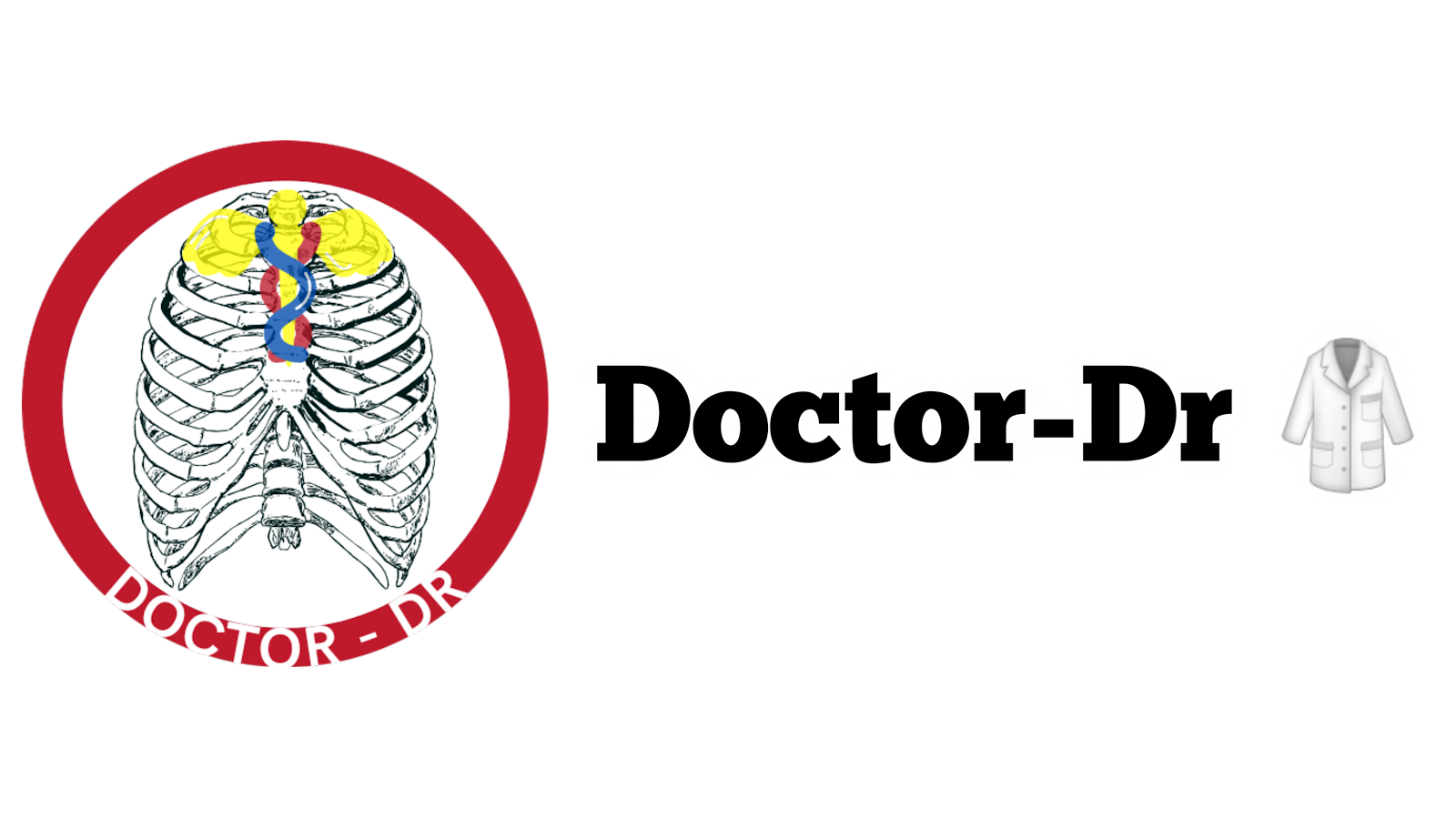Table of Contents
- What is Sensitivity?
- What is Specificity?
- Sensitivity vs Specificity mnemonic
- What is False positive and False negative?
- Example of Sensitivity and specificity
- Tabulated Results
- Positive Predictive Value (PPV) and Negative Predictive Value (NPV)
- Calculation
- References
Introduction to Sensitivity, Specificity, False positive, False negative
- Sensitivity, specificity, false positives, and false negatives are fundamental concepts in clinical diagnostics, essential for evaluating test reliability.
- These metrics help determine the accuracy of diagnostic tests in identifying true cases of a disease and ruling out non-cases.
- Sensitivity and specificity remain independent of the population being tested, whereas positive predictive value (PPV) and negative predictive value (NPV) depend on disease prevalence.
- Sensitivity refers to a test’s ability to correctly identify individuals with the disease (true positive rate).
- Specificity refers to a test’s ability to correctly identify individuals without the disease (true negative rate).
- PPV (Positive Predictive Value) indicates the probability that a positive test result correctly identifies a diseased individual.
- NPV (Negative Predictive Value) indicates the probability that a negative test result correctly identifies a healthy individual.
- To assess a diagnostic test's effectiveness, sensitivity and specificity must be calculated.
- The terms “positive” and “negative” do not refer to value judgments but indicate the presence or absence of the condition being tested.
- A “positive” result means the condition (e.g., disease) is present, while a “negative” result means it is absent.
What is Sensitivity?
- Sensitivity refers to a test’s ability to correctly identify individuals who have the disease.
- It is also known as the True Positive Rate (TPR), representing the percentage of sick individuals correctly diagnosed.
- A highly sensitive test ensures that actual positive cases are not overlooked.
- A test that detects all positive cases in a sample set is considered highly sensitive.
- If a test detects only 80% of true positives while missing 20% (false negatives), it has lower sensitivity.
- False negatives result from a Type II error, which occurs when a test fails to detect a true positive case.
- High sensitivity is crucial for detecting serious infections, such as COVID-19, to ensure proper management and treatment.
- Screening tests should minimize Type II errors for accurate disease identification.
- The COVID-19 IgG/IgM diagnostic test has a 95% sensitivity rate, meaning it correctly detects 95% of true positive cases.
- Sensitivity is calculated as the probability (percentage) that a sample tests positive, given that the patient has the disease.
Calculation:
What is Specificity?
- Specificity is the ability of a clinical test to correctly identify individuals who do not have the disease.
- It is also known as the True Negative Rate (TNR), representing the percentage of healthy individuals correctly diagnosed as disease-free.
- A highly specific test correctly identifies all negative samples from healthy individuals.
- A test with 100% specificity correctly identifies all individuals without the disease.
- A test with 80% specificity correctly identifies 80% of healthy individuals as negative (true negatives) but incorrectly classifies 20% as positive (false positives).
- A test with high sensitivity but low specificity may lead to unnecessary concern by falsely indicating the presence of disease in healthy individuals.
- Ideally, a test should be 100% accurate, but this is rarely achievable in practice.
- A combination of tests can improve diagnostic accuracy—first using a test with high sensitivity and low specificity, followed by one with low sensitivity and high specificity to eliminate false positives and false negatives.
Sensitivity vs Specificity mnemonic
- SnNout and SpPin are mnemonics to distinguish between sensitivity and specificity.
- SnNout: A test with high sensitivity (Sn) that, when negative (N), helps to rule out a disease (out).
- SpPin: A test with high specificity (Sp) that, when positive (P), helps to rule in a disease (in).
What is False positive and False negative?
- True/False classification indicates whether the test result is correct or incorrect.
- Positive/Negative classification refers to whether the test assigns a result as positive or negative.
- These terms depend on the population being tested, especially during disease outbreaks when diagnostic tests determine an individual’s status.
- Positive result for a person with the disease.
- Negative result for a person without the disease.
- False positive: A healthy person is incorrectly identified as sick.
- False negative: A sick person is incorrectly identified as healthy.
- True positive: A sick individual is correctly diagnosed with the disease.
- True negative: A healthy individual is correctly diagnosed as disease-free.
Example of Sensitivity and specificity
- A new rapid diagnostic test is being evaluated for COVID-19 screening based on specific antibodies against SARS-CoV-2.
- The study includes 600 individuals as the sample size.
- 480 individuals are confirmed to have the disease.
- 120 individuals are confirmed to be healthy.
- True positives: 480 (correctly identified as having the disease).
- False positives: 15 (incorrectly identified as having the disease but are actually healthy).
- True negatives: 100 (correctly identified as disease-free).
- False negatives: 5 (incorrectly identified as disease-free but actually have the disease).
Tabulated Results
Sensitivity Calculation:
- Sensitivity = 480 / (480 + 5) = 0.98
- The test has 98% sensitivity, meaning it correctly identifies 98% of individuals with the disease.
Specificity Calculation:
- Specificity = 100 / (100 + 15) = 0.87
- The test has 87% specificity, meaning it correctly identifies 87% of healthy individuals.
Positive Predictive Value (PPV) and Negative Predictive Value (NPV)
- Positive Predictive Value (PPV) refers to the probability that a sample testing positive is truly positive.
- Negative Predictive Value (NPV) refers to the probability that a sample testing negative is truly negative.
- Both PPV and NPV are important for evaluating test results.
- These values can be calculated similarly to sensitivity and specificity.
- Sensitivity and specificity assess the test’s performance, while PPV and NPV assess the accuracy of test results.
Calculation
Positive Predictive Value (PPV) is calculated as:
- PPV = (Number of True Positives) / (Number of True Positives + Number of False Positives)
- PPV = (Number of True Positives) / (Total Positive Results)
Negative Predictive Value (NPV) is calculated as:
- NPV = (Number of True Negatives) / (Number of True Negatives + Number of False Negatives)
- NPV = (Number of True Negatives) / (Total Negative Results)
Using the given table:
- PPV = 480 / (480 + 15) = 0.97 (97%)
- NPV = 100 / (100 + 5) = 0.95 (95%)
- If a test result is positive, there is a 97% chance it is correct.
- If a test result is negative, there is a 95% chance it is correct.
- False Discovery Rate (FDR) corresponds to the opposite of PPV.
- False Omission Rate (FOR) corresponds to the opposite of NPV.
References
Primary References:
Additional Sources:- Technology Networks: Sensitivity vs. Specificity (9%)
- Slideshare: Selection and Calibration of Analytical Methods (2%)
- Chegg: Population Etiologic Fraction (2%)
- McMaster University: Sensitivity and Specificity in Clinical Tests (2%)
- SheepShoot: Sensitivity and Specificity (2%)
- NCBI: Clinical Test Accuracy (1%)
- Fosters: COVID-19 Testing Accuracy (1%)
- Wikipedia: Sensitivity and Specificity (1%)
- BMJ: Evidence-Based Nursing (1%)
- Newcastle University: Medical Statistics (1%)
- Clinical and Statistical Analysis Methods (1%)
- RStudio: Sensitivity and Specificity Analysis (1%)
Minor References (<1% Contribution):






~1.webp)




